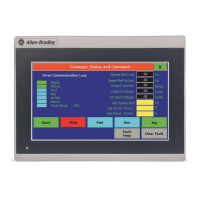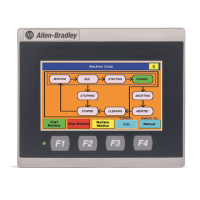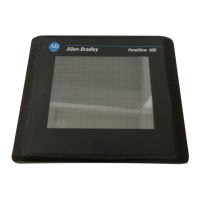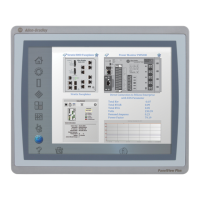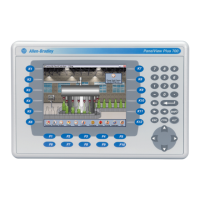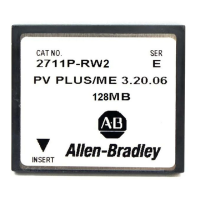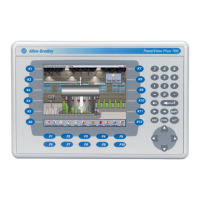What to do if Allen-Bradley PanelView 800 2711R-T4T POST Stuck Touch?
- CConnie VelasquezAug 12, 2025
If the Allen-Bradley Touch terminal's POST fails with a stuck touch error, check for adequate power and verify the power requirements in the Specifications table.
